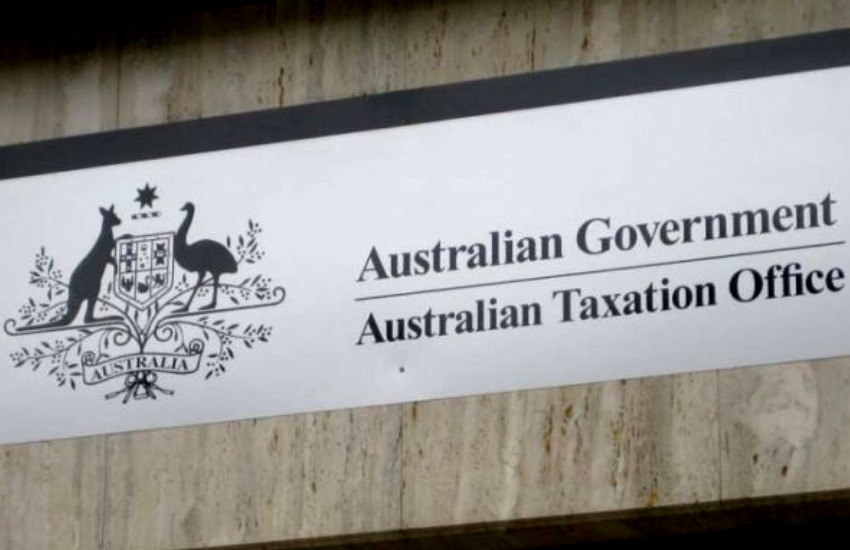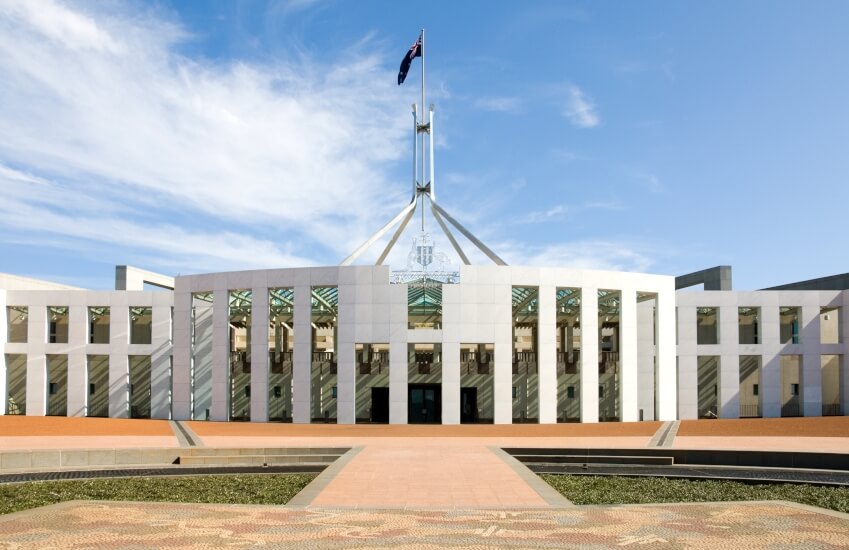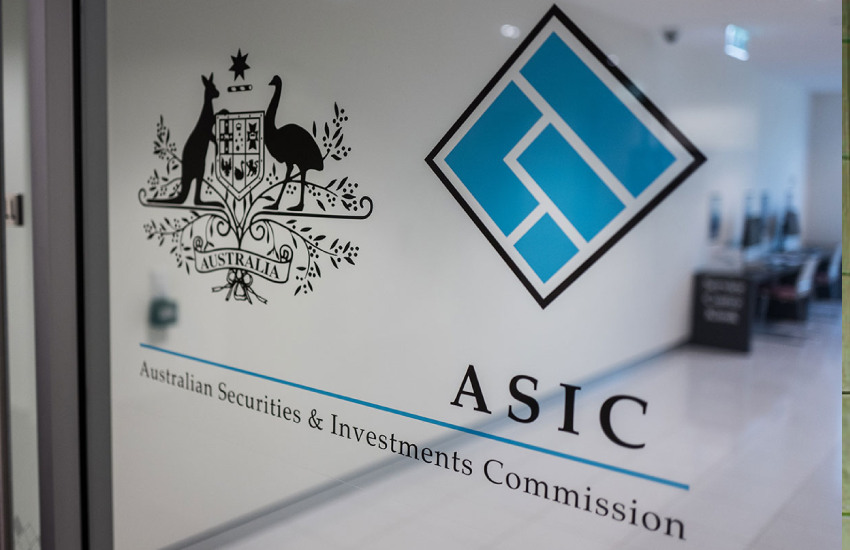With over one million Australians already receiving aged care services in Australia, and this figure expected to rise to $3.5 million by 2050, demand for advice on aged care is rapidly rising. The 2017 Investment Trends SMSF Report highlighted that aged care is already a significant gap in the advice market, with only half of all retired SMSF trustees having planned for aged care.
Dementia is the leading factor for requiring aged care services and the statistics for dementia are high amongst the 85-and-over age group. Aged Care Steps technical manager Natasha Panagis says a new case of dementia occurs every six minutes based on statistics from Alzheimer’s Australia. Amongst those over the age of 85, 30 per cent suffer with dementia, and this is the typical age for entering aged care, she says.
“Advisers without an aged solution may fall behind as the population continues to age, and people need aged care advice along the way,” she warns.
With greater numbers of Australians needing to access these sorts of services, speaking to clients early on is critical, she says. SMSF practitioners should check that clients have their retirement planning sorted, their estate planning in place and that they’re prepared for any decisions that need to be made when something happens.
PLANNING AHEAD
Ensuring clients have valid documents in place for wills, enduring powers of attorney and enduring guardianships is important for clients of all ages, says Ms Panagis.
“When the time comes, the client will need to delegate their financial decisions to someone else, and it’s easier if those types of attorneys and guardianships are in place because once they’ve lost legal capacity, it’s too late to set up those powers,” she explains.
“[If these powers are not set up] then their love ones will need to go to the guardianship tribunal of the state and try and seek financial management orders which can be time consuming and quite expensive.”
It’s never too early to address this with clients and put in place documentation because it’s uncertain what might happen in the future, she warns.
“Although most people who are in aged care are in that older age bracket, we’re starting to see a lot of younger clients that need to move into aged care. By younger I mean people in their 60s and some people even in their 40s as a result of a very traumatic accident or injury.”
For SMSF clients specifically, Ms Panagis says practitioners will need to make sure that their trust deed allows for an enduring power of attorney to become their legal personal representative and assume the trustee role or become a corporate trustee.
“It’s also about making sure that the enduring power of attorney is the right person, can be trusted, has the client’s best interests at heart, and will do the right thing by the person,” she stresses.
“ALTHOUGH MOST PEOPLE WHO ARE IN AGED CARE ARE IN THAT OLDER AGE BRACKET, WE’RE STARTING TO SEE A LOT OF YOUNGER CLIENTS THAT NEED TO MOVE INTO AGED CARE. BY YOUNGER I MEAN PEOPLE IN THEIR 60s AND SOME PEOPLE EVEN IN THEIR 40s AS A RESULT OF A VERY TRAUMATIC ACCIDENT OR INJURY” — Natasha Panagis, Aged Care Steps
SMSF clients she says also need consider what will happen with their fund as they become older.
“If they’re getting older and the administration side of things is becoming all too hard, then they can bring other members into the fund and move their benefits out, or they might want to wind it up and just for simplicity move to a wrap-type product or a retail fund,” she explains.
SMSF clients may choose to bring family members into the fund for estate planning reasons, where they want to keep everything within the family unit.
“It comes down to what their objectives are and whether they are happy to bring in other members of the family,” she says.
In some cases there might be an elderly couple where one of the members has dementia and needs to move into aged care.
“If they’re individual trustees, then in that situation, unless they have a corporate trustee, they really can’t remain a single member fund,” she says.
EXPLORING OPTIONS FOR RETIREMENT LIVING
Retirement villages
For clients who want to retain their independence but want the peace of mind of having someone on call in the case of an emergency, retirement villages can be a good option for retirees. TressCox Lawyers partner Christopher Conolly explains that retirement village accommodation is for anyone retired or over the age of 55 and is regulated by legislation in each state.
“They’re not required to provide care, but they are required to provide an emergency buzzer and someone who can respond to that,” says Mr Conolly.
There are a range of different providers and there can be substantial variations in cost depending on factors such as location and the quality of the unit.
“In NSW there’s a standard agreement for retirement village units which is prescribed by the Retirement Villages Act, but there’s usually additional clauses relating to the specific retirement village,” he says.
For clients who are considering moving to a retirement village, there are a number of financial aspects to consider.
“It will be a considerable investment because it is the equivalent to purchasing a new house. The financial planner will need to help the client figure out what assets they have available and how to fund it, and what will happen when the individual leaves the village,” he explains.
Residential aged care
Unlike retirement villages, retirement homes are funded by the government and provide a number of levels of care. The aged care system, Mr Conolly explains, is needs-based so individuals have to establish their need before they can access the funding for care services.
“You can’t go into an aged care facility unless you require it, so you might be immobile for example, or need 24-hour nursing care or suffer with dementia. All of those things qualify you for aged care,” he says.
Individuals who want to enter an aged care facility will need to go through an assessment process, he says, which involves a member of the aged care team visiting the person and undertaking a review of their ability to function. Based on that review they will then make a classification.
The costs associated with residential aged care are split into two parts, the cost of the accommodation and the ongoing fees for aged care.
Challenger technical services manager Sean Howard said if clients are looking in the metropolitan areas for aged care, then the average priceof accommodation will be around $350,000.
“That’s just to move into a facility, it doesn’t include ongoing care, that’s just to get into a room,” explains Mr Howard.
In wealthier areas like the eastern suburbs of Sydney, the average accommodation cost is closer to $2 million, he warns.
On top of this there is also a basic care fee that everybody pays, which works out to be around $50 a day, he says, and if the client has the means, they’ll pay additional fees in addition to this.
“If you want extra services on top of the care, things like wine with your meals or hairdressing, then you pay an extra services fee as well.”
Home care
In recent years, the government has placed a lot of emphasis on providing support for older Australians to continue living at home, says Mr Conolly.
“That’s provided as support packages for personal care, transport, food and preparation of meals, and nursing assistance at home,” he says.
Ms Panagis says home care tends to replicate the services that someone would receive in aged care, but in the comfort of their own home.
“The government encourages people to stay in the home for much longer because it’s one-third of the cost when compared to aged care, by way of all the subsidies that they pay for people,” she says.
“They need an assessment to be able to receive home care services and that will require someone coming to the home to undertake an interview where they ask questions about their lifestyle, what they’re struggling with around the home, and based on that assessment the team will determine whether the person is approved for basic, low, intermediate, or high care.”
“THE GOVERNMENT ENCOURAGES PEOPLE TO STAY IN THE HOME FOR MUCH LONGER BECAUSE IT’S ONE-THIRD OF THE COST WHEN COMPARED TO AGED CARE, BY WAY OF ALL THE SUBSIDIES THAT THEY PAY FOR PEOPLE” — Natasha Panagis, Aged Care Steps
Funding aged care
With the cost of accessing aged care services substantial, it’s important to plan how these amounts will be funded well before the need arises.
“A lot of advisers may not consider aged care as part of the retirement planning process. So
when they’re asking clients how much they need for retirement, a lot of the time that amount that they’re helping clients plan for doesn’t include what the aged care costs will be at that time,” says Ms Panagis.
One of the aspects that may need to be considered is how the client will fund the lump sum for their residential aged care accommodation. There has been a fair bit of change in this area in relation to means testing for aged care fees and Centrelink for pension purposes.
“In the past, there were concessions so that if a person kept their home and rented it out and paid their accommodation periodically, then rental income would be offset for Centrelink pension purposes as well as aged care fee purposes,” Ms Panagis explains.
“From 1 January this year it all got tightened up. So, for people who are keeping their home and deciding to rent it out, regardless of how they pay for their accommodation for aged care, that rental income will now count as income for aged care fee purposes and Centrelink pension purposes.”
In the past, advisers and their clients were less likely to consider selling the home, because the rental concession came along with it.
“However, these days, people are actually considering selling the home as an option because renting it out doesn’t carry the same concessions as it used to,” she says.
“YOU CAN’T GO INTO AN AGED CARE FACILITY UNLESS YOU REQUIRE IT, SO YOU MIGHT BE IMMOBILE FOR EXAMPLE, OR NEED 24-HOUR NURSING CARE OR SUFFER WITH DEMENTIA. ALL OF THOSE THINGS QUALIFY YOU FOR AGED CARE” — Christopher Conolly, TressCox Lawyers
Some clients may not want to sell the family home if it’s been in the family for the past 60 years, for example, or they want to leave it to the next generation.
If the majority of their wealth is tied up in the home, however, then the practitioner will need to consider other options with the client for funding their accommodation. One option for clients in this situation, Mr Howard explains, is for the client to borrow money for the accommodation from the provider and pay for their accommodation as a daily payment, instead of paying it as a lump sum.
“Essentially what happens is that you pay an interest-only loan to the provider, the interest rate on that is currently 5.7 per cent so that’s another way of funding your accommodation,” he says.
Another way of funding the accommodation is through an aged care loan where the individual borrows a lump sum against their home and uses that to pay for their accommodation. In order to compare which option is best for the client, practitioners should look at the interest rate of each type of loan.
“Keep in mind of course that the interest rate with the provider is 5.7 per cent. So unless the aged care loan has an interest rate lower than that, then you’re probably better off borrowing from the provider because it’s simpler and you’re just dealing with the one party.”
The client may also consider asking family to chip in, says Ms Panagis, if the family home is going to end up going to the family anyway.
Practitioners will also need to consider how clients are going to fund their ongoing care. The means testing for aged care fees consists of two tests.
“There is an income test and an assets test and they add the two tests together to work out how much you need to pay for your aged care,” Mr Howard explains.
“Now that’s a little different to Centrelink. There’s an income test and an asset test for Centrelink but they only use one of the tests, it’s the test that produces the lowest amount of Centrelink entitlement.”
In terms of the income and assets assessed, aged care uses the same assessments as Centrelink with a couple of additions.
“On the income side they also assess what Centrelink pays to the client, so there’s an additional amount of assessable income,” he says.
“Now on the asset side for aged care, once again they use Centrelink assessed assets, but they also assess the family home. Now that’s capped at about $163,000 if there is no protected person living in the home. A protected person could be a partner for example.”
What they also assess for aged care, which they don’t assess for Centrelink, he explains, is the lump sum amount they paid for their aged care accommodation.
Based on this means assessment, Mr Howard says the client may have to pay the means tested care fee in addition to their basic care fee. They may also choose to pay extra fees for additional services.
There are a range of options for funding these ongoing care fees. The most obvious and simplest method is to leave everything in bank and term deposits and draw down on the interest and capital to pay for the ongoing care. With interest rates relatively low for cash at the moment, however, they may also want to explore other options for generating income.
One of the strategies practitioners may want to consider with clients is staggered annuitisation.
CommInsure head of annuities George Lytas said this strategy involves buying tranches of annuities gradually throughout retirement, rather than investing the whole amount upfront.
The first tranche of lifetime annuity the client purchases might comprise 50 or 60 per cent of the amount they want to allocate to annuities, he explains.
“So, regardless of how long you live, you’re getting guaranteed income for life, but what this also means is that you can then purchase additional tranches later on because you haven’t used the whole 100 per cent that you’ve allocated to lifetime annuities,” he says.
The advantage of this strategy, he says, is that it can help the client generate increasing levels of income as their spending patterns change throughout retirement.
“The other benefit of this strategy is that if your circumstances do change and you need to access funds for aged care, because you haven’t allocated all of the money upfront into lifetime annuities you can then access that capital. So it’s actually quite a flexible strategy,” he says.
“So if your health is perfect, then you can continue buying lifetime annuities for example every five years. If your health changes, however, or your circumstances change, then you might say ‘well my income needs haven’t increased as much as I thought, so I don’t need to buy additional lifetime annuities’, and you can cash out your short-term annuities, and use that capital for other needs.”
Insurance bonds can also provide a flexible way of generating income, especially for those without any superannuation.
“Insurance bonds are simple tax-paid investments that allow you to set up automatic regular withdrawals,” he explains.
“If you’ve held those for 10 years, the income that you draw out is actually tax paid, and the other benefit is that you don’t have to complete tax returns because it’s a tax paid investment.”
PROTECTING AGAINST ELDER ABUSE
When providing advice to older clients, its also important that SMSF practitioners are always on the lookout for cases of elder abuse, warns Protecting Seniors Wealth chief executive Anne McGowan.
SMSFs have always been a target for elder abuse by unscrupulous family members or professionals, she says, due to the large balances sitting in some SMSFs and the fact that it’s a growing pool of money.
“As people age and become older, they become reliant on people to assist them, and those people who are genuinely assisting older people should be commended, and there are so many people that do, but there is a growing number of people with ‘inheritance impatience’ and they’re most often the family members,” she cautions.
The introduction of the recent superannuation reforms, she says, has increased the risk of elder abuse because there’s likely to be greater amounts of money sitting outside of the superannuation environment.
“With the new laws coming in, SMSF members can only keep a certain amount of money in pension phase, and then the rest will have to be relocated to other investments. So that in itself will also leave them open to financial abuse, because it may be easier for financial predators to access those other funds,” she explains.
Some of the red flags that advisers should watch out for she says are unusual withdrawals occurring frequently where there’s no explanation or one very large withdrawal. A different person appearing with a new power of attorney when someone else had been helping them previously could also be a sign, especially if the older client appears uneasy around them.
“SMSF advisers certainly need to be very aware of the many different ways that financial abuse occurs and just to be on the lookout for it,” she says.
Source: https://www.smsfadviser.com/latest-issue/feature-articles/17205-golden-years




 Experienced property investors John and Barbara are in their early 50s and want to set up an SMSF to use their super to purchase another investment property. They have a property portfolio worth $1 million (with investment loans of $800,000), a combined $200,000 in super and no other investments.
Experienced property investors John and Barbara are in their early 50s and want to set up an SMSF to use their super to purchase another investment property. They have a property portfolio worth $1 million (with investment loans of $800,000), a combined $200,000 in super and no other investments.







